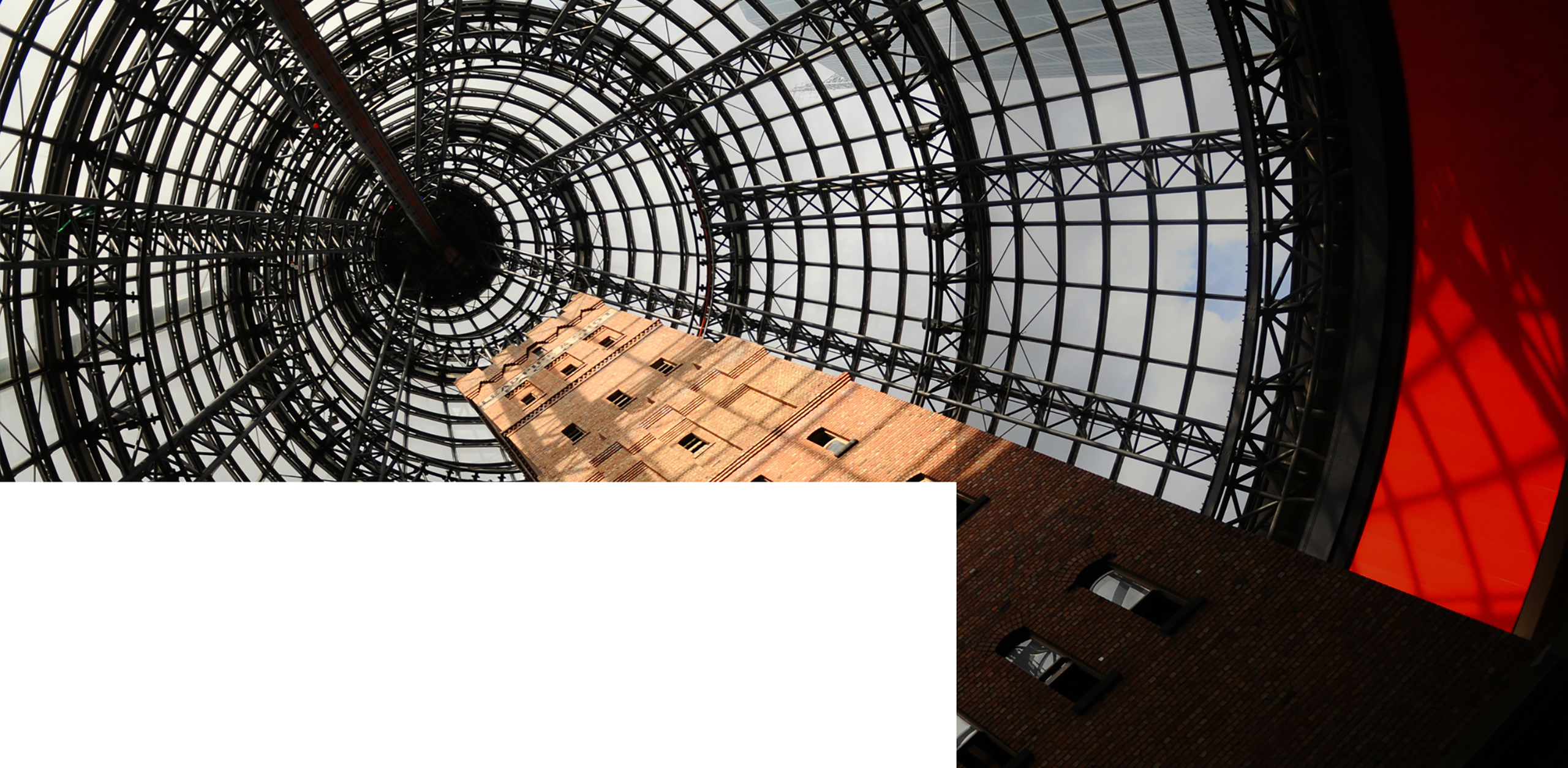

The Screen as Surface, Site and Space
Screen-based devices have become an inexorable part of our everyday lives. They include (but are not limited to) apparatuses for cinematic entertainment, imaging, surveillance, social networking, creative expression, documentation, 3D modelling, real-time collaborations, and hosting immersive environments. They exist in many forms and sizes, from touchscreens on compact smart devices to building facades and infrastructure that serve as the canvas for massive media architecture projections in urban environments. Electronic visual displays proliferate in most industries: art and design, healthcare, IT, research and development. At the height of the COVID-19 global pandemic, screens acquired greater relevance, as the ‘window’ to online interactions, offering solace and immediacy remotely across geographical distances and time zones.
With the screen serving as the subject of discourse, we probe into its earliest developments informed by proto-cinematic forms of entertainment. One can trace the mechanisation of vision in the late nineteenth century that gave rise to a cinema of attractions and new technologies of seeing, in photography, actualité films, and opaque projections. Merging cinematic immersion with the haptic virtues of the screen, multi-screen artworks and interactive installations imbue new media with an environmental dimension, privileging a more mobile and embodied form of spectatorship. Meanwhile, the digital age introduced an unprecedented range of virtualities, expanding the lexicon of extended realities to encompass augmented reality, mixed reality and virtual worlds – all with varying degrees of interactivity and typically mediated through LCD screens and head-mounted displays.
What is evident when exploring these optical histories is the primacy of space for the structuring of experience, and how spatial ontology is continuously redefined by milestones in screen technology development. By reflecting on historical precedents, how might this further enrich our understanding of the materiality of screen as media?

Part of the conference Representing Pasts-Visioning Futures: See Full Call The History Theory Criticism cluster in NUS Department of Architecture develops critical capacities to examine questions of built environmental production and consumption within the historical and contemporary milieu. Cluster members work in interdisciplinary and transnational modes, and research on a wide range of topics in colonial/postcolonial and modern/postmodern Asian contexts. Besides teaching, members also publish widely in diverse forms, organise and participate in major conferences and workshops, curate exhibitions, advise government and NGOs. Moving Image Space (MIS), a graduate level seminar led by Dr Simone Chung since 2018, adopts an interdisciplinary approach that merges the study of moving images with architectural theory and criticism. Thematic overlaps in architecture, design and urban studies with new and digital media elucidate the genesis and impact of moving images on space and the built environment. Dr Simone Shu-Yeng Chung, Dr Zdravko Trivic More information about the National University of Singapore | History Theory Criticism Submit an Abstract | Return to Full Call Queries: events@amps-research.com![]()
Research Overview
People

